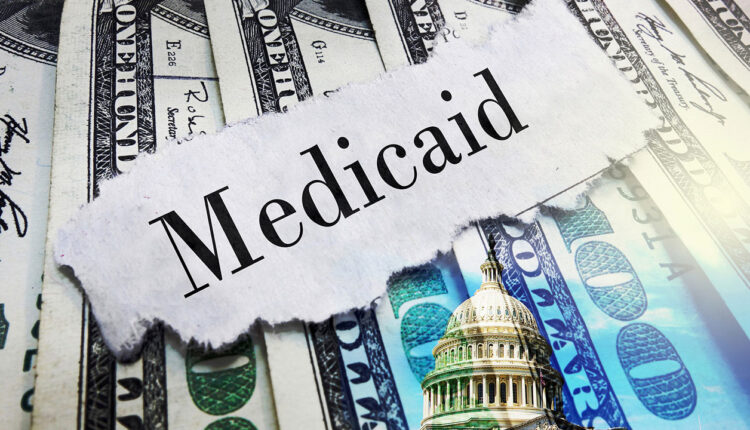
Why Low Medicaid Rates Are Driving Dentists Away
Across Alabama and much of the country, dentists face an impossible choice: continue serving low-income Medicaid patients at a financial loss or stop taking them altogether. A Stateline report reveals how low reimbursement rates are pushing providers to the breaking point.
In Florence, Alabama, board-certified pediatric dentist Carson Cruise, DMD, faces a dilemma that reflects a growing national crisis. Half of his young patients rely on Medicaid, yet the state reimburses dentists only about 46% of what they charge. That means for many procedures, Cruise loses money simply by helping children who have nowhere else to go. It’s a moral and financial tightrope; one that threatens access to care for thousands of families across the state.
According to Stateline, Alabama has one of the lowest dentist-to-patient ratios in the nation, second only to Arkansas. Some counties have no dentists at all, creating “oral health professional deserts” where families must drive more than 30 minutes for an appointment. The shortage is compounded by an aging workforce: more than half of Alabama’s dentists are older than 60, and few young professionals are taking their place.
For Cruise, the numbers are sobering. If he dropped all Medicaid patients, he could work fewer hours and earn the same income. Yet his conscience and the faces of the children he treats keep him from doing so. Still, the burden is mounting. With waitlists stretching months long, many young patients endure pain or infection before finally getting treatment. Some cases become so severe they require hospital care under anesthesia, a service many hospitals won’t provide for Medicaid patients due to poor reimbursement.
Alabama’s Medicaid program pays far less than neighboring states. A child’s tooth extraction earns an Alabama dentist just $64, compared to $83 in Mississippi. Although state lawmakers have approved modest funding increases in recent years, they remain far from enough to cover the true cost of care.
Meanwhile, the consequences ripple outward. Children from low-income families are far more likely to have untreated caries. Adults fare even worse, as Alabama Medicaid provides no dental coverage for them except during pregnancy. Click here to read more.

